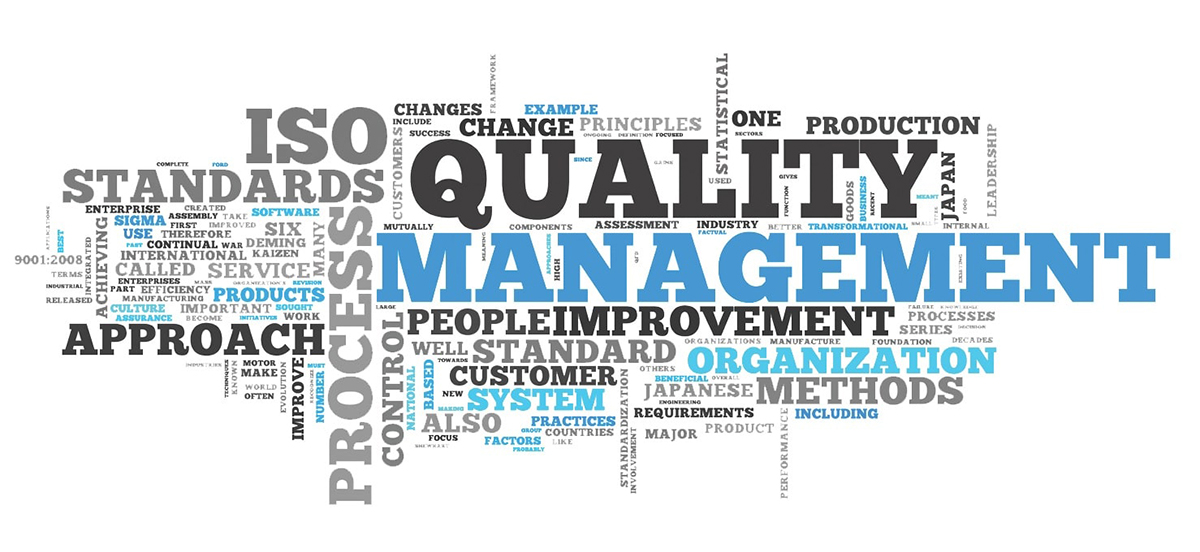An effective TQA must be structured to include multiple steps and multiple professionals to ensure that errors are caught before delivery to the client. It must include internal processes that assess translator performance and provide opportunities for feedback. We believe that it should also include the use of CAT tools.
QUICKSILVER TRANSLATE’S TQA PROCESS:
- The project manager selects the appropriate translator — ideally someone with specialised knowledge of that field (legal, medical, engineering, etc).
- If possible, the client supplies a Glossary (we can also build one for you) and their brand style guide.
- The client supplies a translation brief detailing the target audience and purpose of the translation.
- A proofreader or editor reviews the translation: they will check for errors, but also improve the flow of the text if required.
- The DTP team inserts the translation back into the original format — ie. the original InDesign or Word document. (NB. This is not part of the translation process, but if it is carried out poorly it can impact upon the quality of the final document.)
- The project manager delivers the document (usually as a PDF) to the client. They will also offer any appropriate notes regarding queries, clarifications or potential issues.
- The client’s internal reviewer performs a final check.
- Any final amendments are managed by the project manager or editor.
Our Project Managers will analyse and correct the following:
Segmentation rules
- Default vs. customized
- Abbreviations
Segments
- Warning against segments inconsistently translated
- Case sensitivity
- Final punctuation
Inline tags
- Correct use of bold /italic / underline, etc
- Font type and weight
- Leading and kerning
Terminology
- Consistency with terminology dataBase
- Forbidden terms
- Customer-specific terms
Spelling
- eg. US vs. GB English or, Euro Vs. Brazilian Portuguese
- Use of customer-specific dictionary “ignore list”
Punctuation
- Correct use of language-specific punctuation, such as quotation marks or non-breaking spaces (French)
- Missing punctuation, brackets, quotation marks
Spaces, capitals, characters
- Superfluous spaces
- Unsupported characters
- Capitalization
- Bullet point alignment
Numbers
- Use of SI standards:
• representation of units,
• decimal markers,
• thousands separators, etc - Language-specific number formats
Copy Length
- Minimum / maximum allowed deviation of words / characters / both
Regex
A sophisticated filter and “find & replace” system, eg:
- Find decimal points and replace with decimal commas between any two digits
- Switch date formats from / to:
• US: mm/dd/yyyy
• DE: dd.mm.yyyy
• GB: dd/mm/yyyy
• ISO: yyyy-mm-dd
Severity configuration
- Warnings can be accepted vs. Errors must be fixed
- Human decisions in every case


